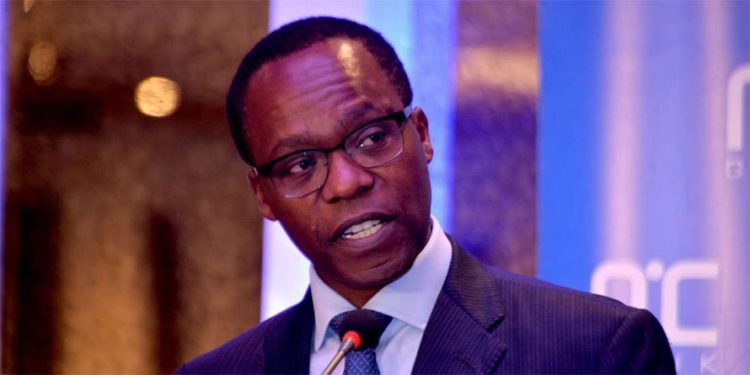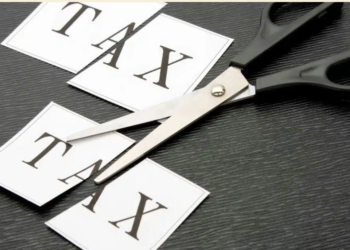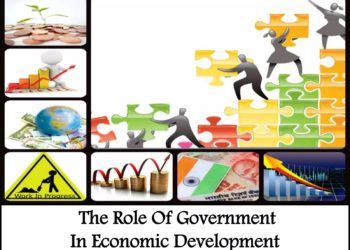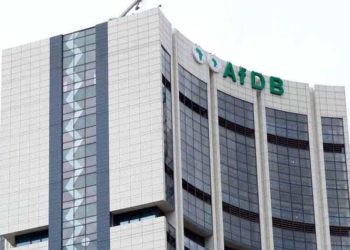NCBA Bank Managing Director and Group Chief Executive Officer John Gachora, who doubles as the chairman of the Kenya Bankers Association (KBA), has explained the dollar shortage in the country.
Speaking on an online platform last week, Gachora admitted that banks in Kenya are facing a shortage of US dollar currencies.
“Well, I think the direct answer is yes, there is a dollar shortage. (However), the connotation of a dollar shortage needs to be well understood. When you say there’s a dollar shortage, it could be because supply is not where it is supposed to be. What has happened is dollar demand has risen significantly to where it would typically be and that therefore causes what I call a demand-supply gap, which obviously we experience as a dollar shortage,” Gachora said.
Read: Pwani Oil Shuts Down Due To Dollar Shortage
In June 2022, the Kenya Association of Manufacturers (KAM) said importers are struggling to import raw materials because they can’t access dollars at the official rate of about Ksh116 per dollar, forcing them to buy at a rate of Ksh120 or higher.
However, Central Bank of Kenya (CBK) Governor Dr Patrick Njoroge refuted the claims, indicating that there is sufficient foreign currency to meet demand.
“If you have a sector that is importing $90 million or $100 million, that is nowhere near the $2 billion that we are putting out,” Njoroge said. The manufacturers association “should understand that they’re small, in that sense, and go to the market like everyone else.”,” Dr Njoroge said.
According to Gachora, local “determiners” of the dollar prices and reserves are where they are expected to be, save for the global pricing of commodities which has risen significantly in the recent past.
“The dollars we expect from horticulture and tea are historically where they should be. Obviously, tourism is about 80% of where it should be. So when you look at all those things, the supply side seems to be keeping with what I would call expectation. What has happened, however, is that global commodity prices have risen significantly and I mean prices including shipping prices. So the demand has gone up to three times. The supply remains where it should be, and so we have that differential. So whether the price changes or not, there is a genuine supply gap,” adds Gachora.
Read: The Kenyattas Get Lion’s Share Of NCBA Profits
KAM had warned that lack of availability of foreign currency may create “a parallel shadow market with unwanted consequences.”
Gachora however denied claims that the dollar prices against the shilling were being artificially controlled, insisting on demand-supply factors affecting the market.
“There is what we call market rules that have been agreed upon between the banks and the Central Bank. We call the market conduct rules and we all have to adhere to those market conduct rules. Those rules are obviously dynamic and we are in discussion to review some of the rules that we have set but the Central Bank doesn’t call you and say do not trade at this price,” he added.
According to Gachora, Kenyan banks are trading an average of USD2 billion (Ksh236 billion) per month, one of the biggest volumes in the foreign exchange market.
Gachora also revealed that a lot of bank clients with dollar loans are converting their loans to shilling loans, due to the increasing cost of servicing dollar loans.
Read: Metropolitan Sacco Records Ksh9.3 Billion In Bad Loans
As for pricing differences in the market, Gachora said that the interbank market is not working as it should since not all banks are reporting as they should.
The interbank market is a global network utilized by financial institutions to trade currencies and other currency derivatives directly between themselves. Banks use the interbank market to manage their own exchange rate and interest rate risk as well as to take speculative positions based on research.
Gachora expects the pressure on the shilling to go down by the end of July, even as firms conclude the exercise of dividend pay most of which is handled in dollars.
“I expect that the heavy dividend payment season is coming to an end so I expect that in July we will have a bit less pressure on the shilling and so I do expect this demand to start moderating so that’s the positive side and then right after elections in September, I expect in September to witness tea production jump quite significantly. September and October is high tea season and a hot catch as well, and so we expect again that dollar supply gets stronger during that period so I think we’re going to a period where we’ll see a bit of this reversion in terms of demand or in terms of that supply gap,” Gachora added.
Read: No Extending Deadline: CBK To Digital Lenders On Registration
Before this improvement happens, Gachora has urged companies and individuals requiring big volumes of the dollar to place their orders early in advance, to avoid a crisis.
He also expects the Monetary Policy Committee (MPC) to increase interest rates going forward in order to defend the shilling.

















